Imagine being on a road trip, cruising down the highway, when suddenly your Hyundai I10’s dashboard lights up like a Christmas tree. You’re left wondering what’s going on and what you need to do.
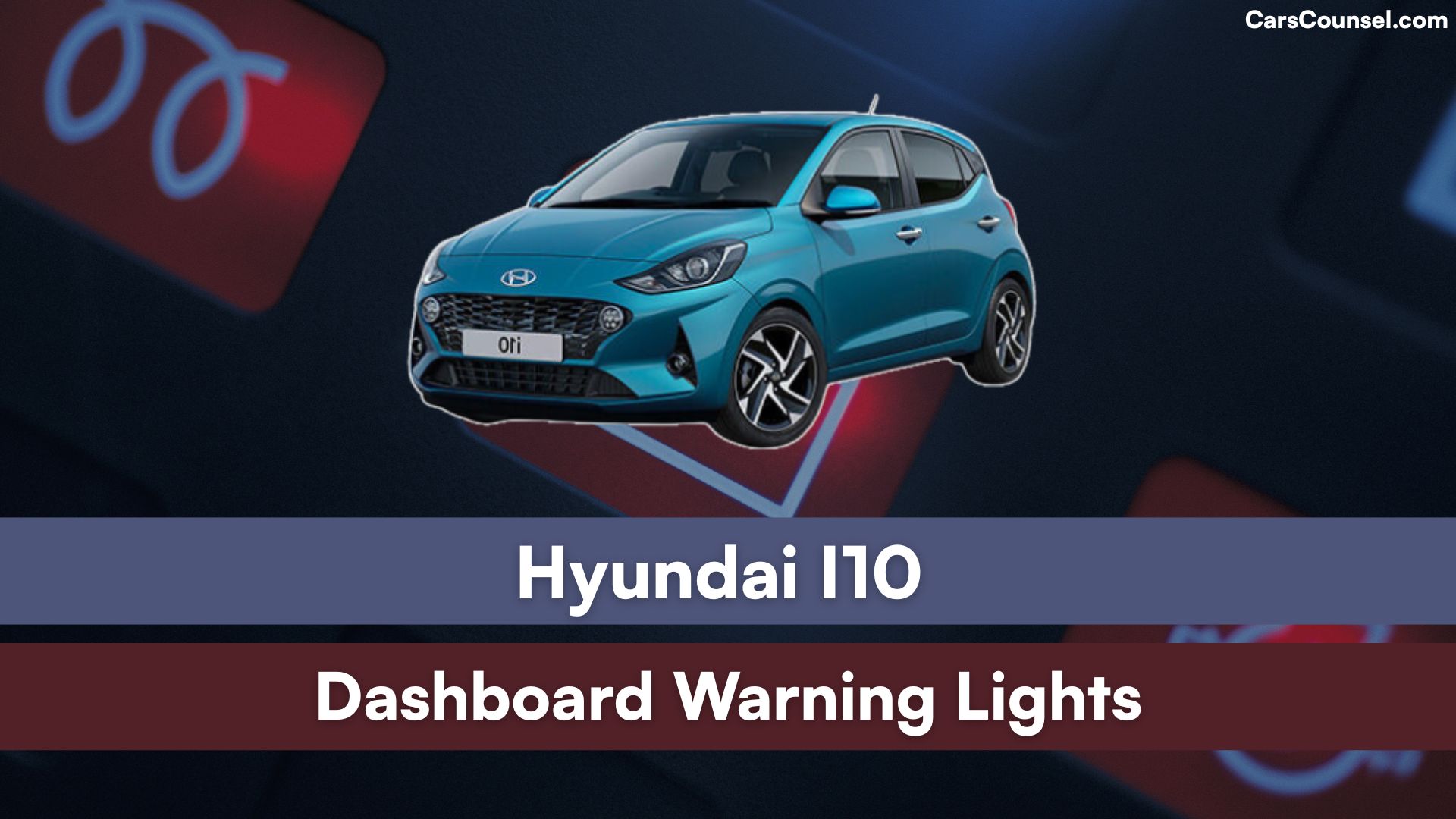
It’s like trying to decipher a secret code, but with your safety on the line. That’s why it’s vital to understand the language of your car’s dashboard warning lights.
By familiarizing yourself with the symbols and meanings, you’ll be able to address potential issues promptly and avoid getting stuck on the side of the road. But where do you start?
Quick Navigation
Understanding Dashboard Warning Lights
When you start your Hyundai i10, the dashboard warning lights illuminate briefly to perform a system or bulb check.
System Check Lights
This is a standard procedure to guarantee all warning lights are functioning properly. If any light fails to illuminate, have your vehicle checked as soon as possible.
Warning Light Status
After starting the engine, all warning lights should turn off. If any lights remain on, it indicates a situation that requires your attention.
Dashboard Color Codes
Familiarize yourself with the dashboard symbols to understand what each warning light represents. Green and blue lights indicate a system or utility is active, while amber and yellow lights represent minor faults or safety systems manually switched off.
Critical Warning Indicators
Red, flashing, or audible alarm warnings require immediate attention.
Common Warning Lights and Indicators
Your Hyundai i10’s dashboard is equipped with a range of warning lights and indicators that alert you to various system faults, safety concerns, and utility activations.
Air Bag Warning Light

Familiarize yourself with these dashboard symbols to guarantee a safe and smooth driving experience. The Air Bag warning light, for instance, illuminates for around 6 seconds when the ignition is switched to “on” and may come on when driving, indicating a fault.
ABS Warning Light
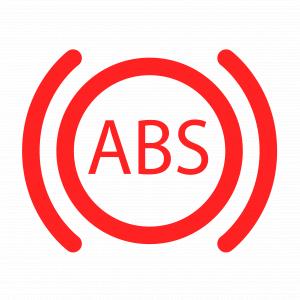
Other common warning lights include the ABS, Parking Brake / Fluid, EBD, and Seat Belt warning lights.
Charging System Indicator
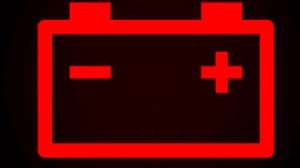
Additionally, you’ll find indicators for the Charging System, Gear Shift pattern, Immobiliser, and Low Fuel levels.
Understanding these warning light meanings is vital to addressing potential issues promptly and maintaining your vehicle’s overall health.
Engine and Performance Warning Lights
The dashboard warning lights in your Hyundai i10 also monitor the engine and performance systems, alerting you to potential issues that require attention.
MIL (Check Engine) Warning Light
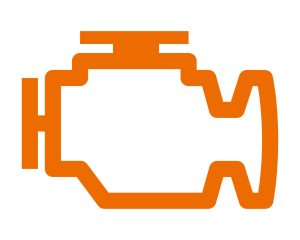
The MIL (Amber) warning light, also known as the check engine light, indicates a fault with the engine control system, which can affect fuel efficiency and overall engine performance. This light can be triggered by faults with the coil pack, spark plugs, and leads, or a faulty sensor.
Overdrive System Indicator

The Overdrive system, on the other hand, allows the car to travel in the highest possible gear for that speed, increasing fuel economy.
Auto Stop Indicator

The Auto Stop fuel saving feature activates when the engine enters the Idle Stop mode of the ISG system, further improving fuel efficiency.
Safety and Security Warning Systems
In modern vehicles like the Hyundai i10, safety and security features are crucial to preventing accidents and protecting occupants.
Air Bag System Warning
You’ll find a range of safety features and alarm systems designed to alert you to potential hazards. The Air Bag warning light, for instance, illuminates when there’s a fault with the airbag system.
ABS System Warning
The Anti-lock Braking System (ABS) warning light indicates a fault with the ABS system, while the Electronic Brake Force Distribution (EBD) warning light signals a fault with the EBD system.
Seat Belt Reminder

The Seat Belt warning light reminds you to buckle up, and the Immobiliser warning light indicates a fault with the smart key system.
These safety features and alarm systems work together to provide an added layer of protection on the road.
Lights, Indicators, and Miscellaneous Symbols
On the Hyundai i10 dashboard, a range of lights, indicators, and miscellaneous symbols provide essential information to guarantee safe and efficient driving.
High Beam Indicator

You’ll find lights and indicators that inform you about the status of various vehicle systems. For instance, the High Beams (Blue) warning light indicates that the full / high beam headlights are switched on, while the Parking Lights (Green) warning light shows that the parking lights are on.
Fog Light Indicators
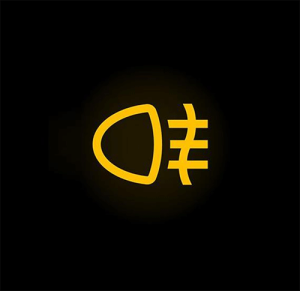
Additionally, Front Fogs and Rear Fogs warning lights indicate when the respective fog lights are activated.
Headlight Status
Proper Fog Light Usage is pivotal for safe driving in poor visibility conditions. Regular Headlight Maintenance is also necessary to guarantee ideal illumination on the road.
These lights and indicators play a paramount role in keeping you informed and in control while driving.
Specialized Systems and Functions Guide
Your Hyundai i10 is equipped with advanced specialized systems and functions designed to improve safety, efficiency, and overall driving experience.
TPMS Warning Light
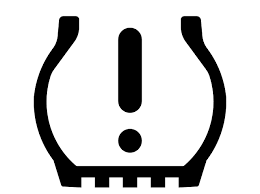
The Tyre Pressure Monitoring System (TPMS) guarantees proper tyre pressure, which can improve fuel efficiency and vehicle safety. After resetting the TPMS, drive the vehicle for approximately 20 minutes to store the new tyre pressure in the system.
Speed Limit Assist Indicator
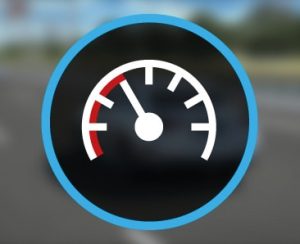
The Speed Limit Assist Function can be adjusted via the mode button on the steering wheel, allowing you to set a maximum speed to prevent the vehicle from exceeding it. This function is designed to promote safe driving and can be customized to suit your individual needs.
Electrical System Warnings
Battery Charge Warning Light
Indicates charging system malfunction or low battery voltage. May prevent engine start if ignored – have alternator and battery checked immediately to avoid being stranded.
Glow Plug Warning Light (Diesel)

Illuminates during cold starts to indicate glow plug heating. If remains on, indicates malfunction requiring service to ensure proper diesel engine operation in cold conditions.
Safety System Warnings
Electronic Stability Control (ESC) Warning

Shows traction control system malfunction. Drive cautiously as vehicle stability may be reduced, especially in wet or slippery conditions until system is repaired.
Lane Departure Warning System (LDWS) Alert

Indicates system malfunction or obscured camera. The lane keeping assist feature may be disabled – clean windshield camera area and check system.
Maintenance Reminders
Service Required Warning Light
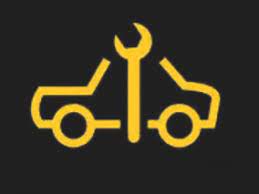
Illuminates when scheduled maintenance is due. Follow manufacturer’s recommended service intervals to maintain vehicle performance and warranty coverage.
Washer Fluid Level Warning

Alerts when windshield washer fluid is low. Top up fluid reservoir to maintain visibility – use proper washer fluid to prevent freezing in winter.
Additional Warning Lights
Coolant Temperature Warning
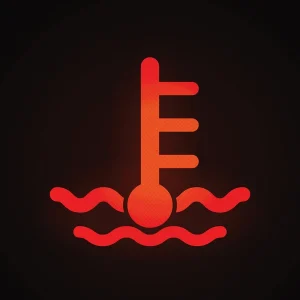
Red thermometer symbol indicates engine overheating. Pull over immediately to prevent severe engine damage – check coolant levels after engine cools completely before continuing your journey.
Reduced Power Mode Warning

Illuminates when engine enters limp mode to prevent damage. Performance will be limited – have vehicle diagnosed immediately as this indicates a serious fault requiring attention.
Forward Collision Warning

Flashing light with audible alert signals imminent frontal collision risk. The system may automatically apply brakes if no driver response – keep radar sensor clean for proper operation.
Blind Spot Monitoring Alert
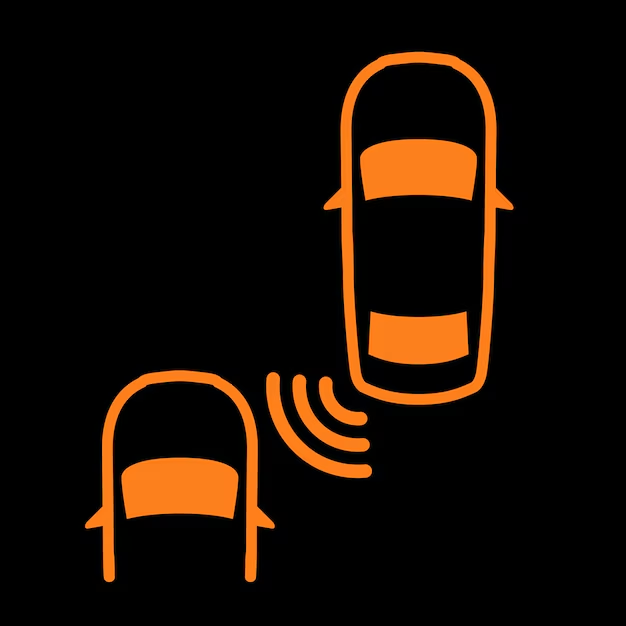
Indicates system malfunction detecting vehicles in blind spots. Manual shoulder checks become essential until sensors are cleaned or system is repaired by a technician.
12V Battery Charge Warning
Signals charging system fault or battery issues. May prevent engine start if ignored – have alternator and battery tested immediately to avoid being stranded.
Key Fob Battery Warning

Flashing light indicates low smart key battery. Replace CR2032 battery promptly to maintain keyless entry and push-button start functionality.
Climate Control Warning
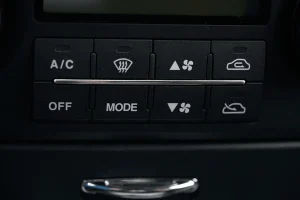
Indicates HVAC system malfunction. Basic heating/cooling remains but automatic temperature regulation may be disabled – have system diagnosed.
Parking Sensor Malfunction

Shows obstruction or fault in ultrasonic sensors. Automatic parking assist will be unavailable – rely on mirrors and cameras until sensors are cleaned or replaced.
Lane Keep Assist Warning

Alerts when system cannot detect lane markings. Heavy rain or faded road lines may trigger this – manual steering required until conditions improve or system resets.
Driver Attention Warning
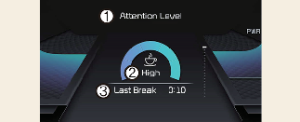
Coffee cup symbol appears when detecting drowsy driving patterns. Take a break if light persists – system resets after sufficient rest period or ignition cycle.
TPMS Malfunction Light

Indicates fault in tire pressure monitoring system. Manual pressure checks become essential until system is repaired to maintain proper tire inflation levels.
Brake Pad Wear Indicator

Shows when brake pads require replacement. Schedule immediate service to prevent rotor damage and maintain optimal braking performance.
Dashboard Warning Lights Color Codes
Hyundai’s dashboard warning lights use a standardized color code system to convey the severity of a situation.
Information Lights (Blue/Green)
You can quickly identify the level of urgency by recognizing the color and light pattern of the warning light. Green and blue lights inform you that a vehicle utility or system has been switched on.
Caution Lights (Amber/Yellow)
Amber and yellow lights represent a minor fault or a safety system manually switched off.
Critical Warning Lights (Red)
Red, flashing, or audible alarm warnings require immediate attention.
Warning Light Urgency and Severity Levels
Warning lights on your Hyundai i10’s dashboard are categorized into three urgency levels, each indicating the severity of the situation.
Low Urgency Warnings
These levels are defined by warning light protocols, which prioritize your safety and the vehicle’s performance. The first level indicates minor faults or system notifications, typically represented by amber or yellow lights.
Medium Urgency Warnings
The second level signals moderate faults, requiring prompt attention, often indicated by flashing lights or audible alarms.
High Urgency Warnings
The third level indicates critical faults, demanding immediate attention, usually represented by red lights or a combination of lights and alarms.
Understanding these urgency scales helps you respond appropriately to warning lights, ensuring your safety and the vehicle’s peak performance.
Identifying and Diagnosing Fault Codes
One key aspect of diagnosing issues with your Hyundai i10 is identifying fault codes, which provide valuable insights into the essential problem.
Diagnostic Scan Process
You can do this by performing a Fault Code Scan using a diagnostic scan tool. This tool connects to your vehicle’s onboard computer, retrieving fault codes and providing a diagnostic analysis.
Trouble Code Interpretation
The scan will reveal trouble codes, which are alphanumeric codes that pinpoint the specific issue. Once you have the codes, you can research their meanings and take the necessary steps to fix the problem.
This process is pivotal in identifying and diagnosing issues with your vehicle, saving you time and money in the long run.
Mastering Your Hyundai I10’s Dashboard
As you familiarize yourself with the Hyundai i10’s dashboard, you’ll notice a multitude of warning lights and indicators that provide crucial information about your vehicle’s systems and performance.
Dashboard Familiarization
Mastering your dashboard is essential for car maintenance and ensuring your safety on the road. Familiarize yourself with the various warning lights, including green and blue lights that indicate a utility or system is switched on, and amber, yellow, and red lights that signal a fault or safety issue.
Warning Light Response
Understand the urgency level of each warning light, from low to high, and take prompt action when necessary. By doing so, you’ll be well-equipped to identify potential issues, address them promptly, and enjoy a safe and stress-free driving experience.
When looking at Hyundai, make sure to check out our guides on models like the Hyundai I20, Hyundai Palisade, Hyundai Tucson, and Hyundai Elantra. Understanding dashboard warning lights is essential. Our expert reviews break down what each light means, highlighting common alerts for these models and what they could signal about underlying issues, so you’re never left guessing behind the wheel.

